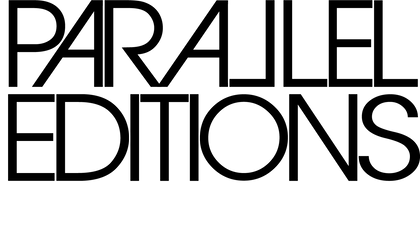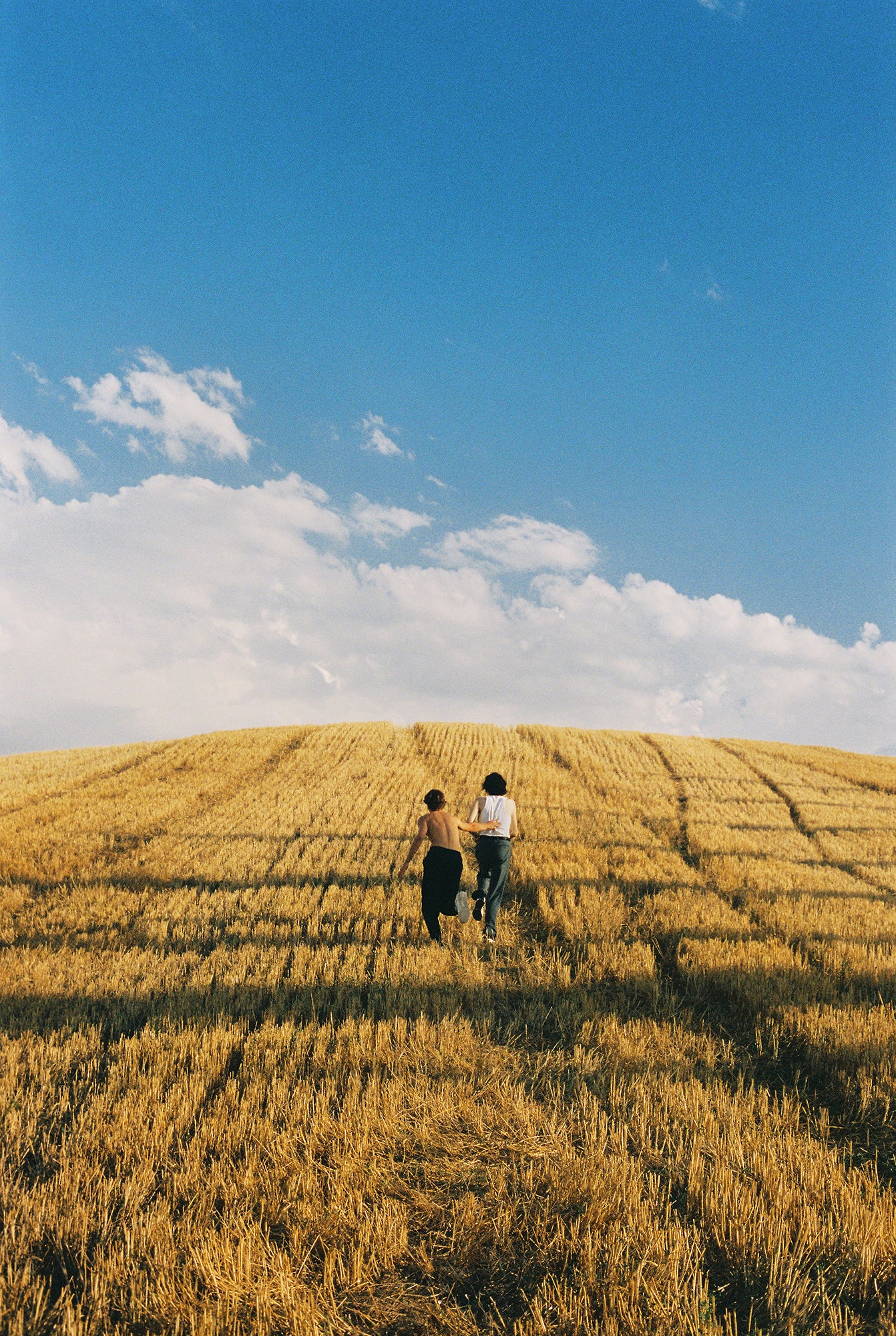What first inspired you to become a photographer, and how did you get started in the field?
I started when I was 13 and bought my first serious camera. I photographed everything in the natural surroundings of my hometown in the countryside. Through Tumblr I discovered other photographers, one of them being Ryan McGinley. The freedom in his pictures really touched me, although I was still young. It was mainly the compositions and use of people in nature that I found interesting, a combination I wasn’t familiar with.
Many years later, when I was 24 years old, my current gallery Elliott Gallery in Amsterdam reached out to me and this is how it started. A couple of months later, my first exhibition was up and from then it kind of exploded. I just graduated from university, a masters in Journalism, and all of a sudden photography changed from my hobbies to my ‘job’.

You have gained a significant international following for your work. How did you develop your personal style, and what do you hope viewers take away from your photography?
It’s quite hard to explain a style, since it’s not something I consciously work on. If I have to think about a reason why it appeals to people, I think it feels authentic because the subjects are very close to me, both the people I use and the themes I touch upon. The most important thing when I make a picture is that I like it, it has to represent ‘a world’ where I want to live in.
I always enjoy people's interpretations of the work. Both of my series are in a way about friendship, but I like to not put a very clear mark on it. When the work is out and on show, it has become everyone’s work with their imagination and thoughts that it provokes.

What do you feel is the most important element in creating a successful partnership on set?
Being genuinely interested is definitely important. In my first series I worked with my own friends, a very organic connection and a lot of fun. My second series features a lot of models, and funnily enough it was almost the same feeling, although we always had just one day of shooting.
Your series "What Once Was" focuses on the portrayal of friendship and masculinity, and raises questions about the classical discourse of masculinity. What inspired you to explore these themes, and what message do you hope to convey through your work?
My first series about my own friends was made over a timespan of 10 years, and all the things we did felt organic and ‘normal’. When the exhibition and the book were out, a lot of people and press started to talk about the connection and masculinity, something that we often talk about ourselves, but wasn’t really intentional for me to photograph. When I thought about a new series, it felt that there was still a lot to explore and with models I had the opportunity to examine these topics in an even more personal way as when using my own friends as models.Do you associate your work with a particular genre of photography? If yes, how would you define that genre?
Not particularly, but if I have to think about something it would be portraiture.

Which lens(es) do you prefer?
On both my analog and digital Nikon I prefer a 28mm and 50mm. Recently I got a 45mm for my Pentax 67 and I really enjoy using that one now.
You have described your work as a blend of reality and imagination. How do you approach combining these elements in your photography, and what role does post-processing play in your work?
From the beginning, I always wanted to create an aesthetically pleasing image. Since I always photographed in nature, mostly combining it with portraits, the colors were quite important. From my 15th I’ve been using Portra 160 because of its beautiful colors and character, with not too much grain. This also means I don’t edit that much.

What have been some of the biggest challenges you have faced as a photographer, and how have you worked to overcome them?
Because it’s my passion, photography has never been challenging, but the life around it is much more challenging to me. It’s hard to start and structure your life, especially since I know I thrive on structure. The real challenge then is to find a way that suits you and your work.

Your work has been exhibited in galleries around the world. What is your process of curating work for a gallery show?
Luckily I can work with Addie Elliott, the founder of Elliott Gallery, a very experienced curator, having worked for the Victoria and Albert Museum and many galleries for more than 30 years now. She curated my first show when I just dropped her hundreds of pictures, and teached me a lot about creating a body of work. When creating the second series I had a much more clear view of what I wanted and in what way I wanted to exhibit it.

What are you working on right now?
I’m currently working on a lot of commissions, and am excited to go to Ireland soon for a new autonomous project. I want to explore a more documentary kind of approach.
How did you make the image below?
This image was originally a test image for the day the models would come. I start with endless hours on Google Streetview, where people can upload their own images or you can use streetview to see the surroundings. I knew about this tree, and already had the composition in mind. With models you always have limited time, especially in summer in Italy when there’s two hours of the right light. So before a shoot day, I use my friends who are my assistants as stand-in models to check how everything falls together. Funnily, a lot of the times the images turn out interesting enough to include in the work.
'What Once Was' by David Van Dartel is available on Parallel Editions, follow this link to order your copy.

